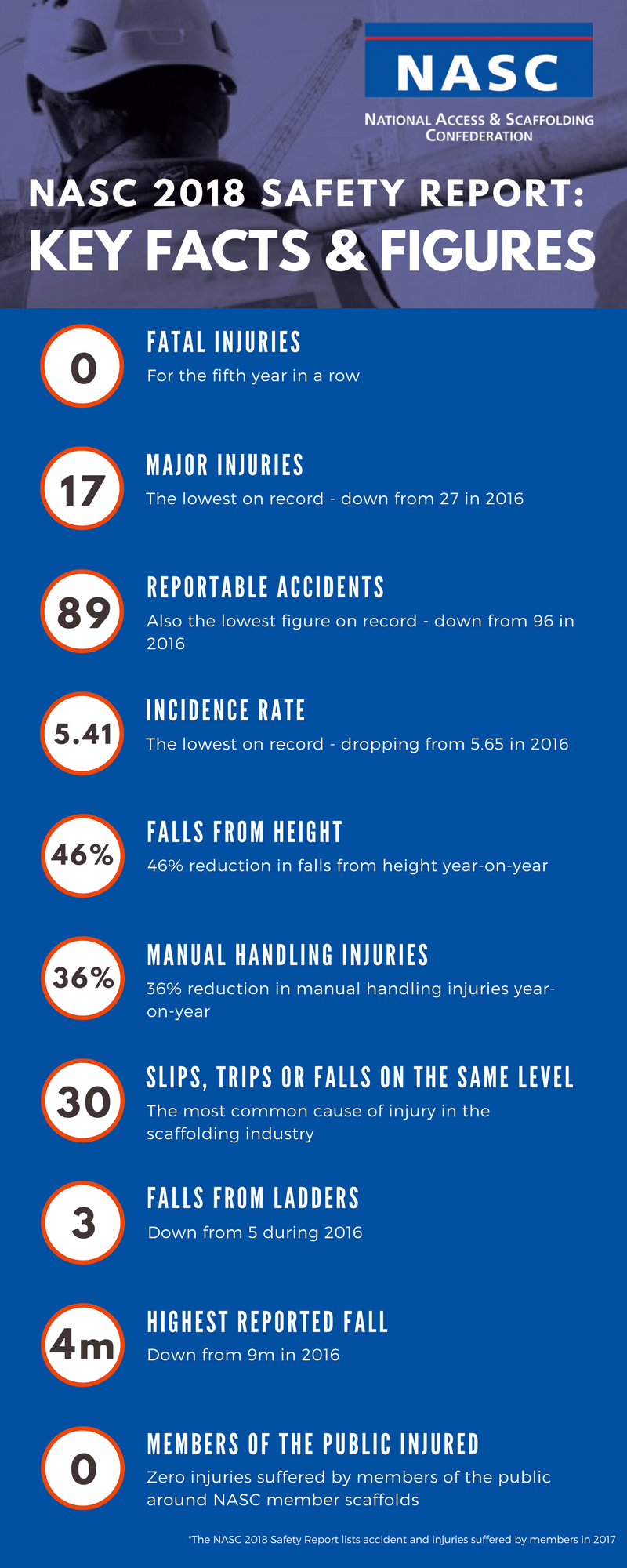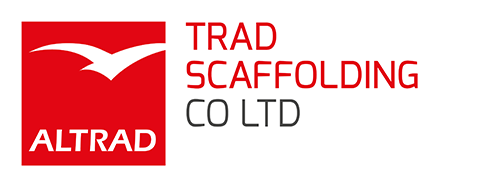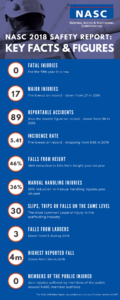The Future of Scaffolding
TIMES ARE CHANGING
TRAD have interviewed one of their Safety, Health, Environment and Quality Managers to gain further insight on how the Scaffolding Trade has changed over the last Thirty Years and why Health & Safety is so critical within the construction industry.
Have you always worked in the scaffolding industry?
I left school at 17 and started work as a Scaffold Labourer, working as part of a three man gang for a small company based in Chatham, Kent. It was incredibly dangerous, dirty work. We would arrive at the Yard at 6am loading the lorry and heading out for a full day. I worked as a scaffolder for many years, but I was able to further my career when an opportunity arose within TRAD to become an Advanced Scaffold Inspector, and then a SHEQ Officer. I am now the Group Safety, Health, Environment and Quality Manager (working under my Group Safety Director and as part of the SHEQ team).
How much do you think Scaffolding has changed since you started?
When I first started working for small scaffold companies there was a very poor safety culture, with very little training, and some of the scaffolders preferred to work unsafely, with accidents viewed as an “occupational hazard”. However, over the years there has been a huge improvement driven by the NASC, reputable clients and by companies such as ours. Scaffolders now are highly trained. I personally am very proud of the professionalism of our scaffolders whose safe behaviour significantly decreases the chance of injuries.
What do you feel about the injury at work statistics?
Since 2000, with the introduction of NASC Safety Guidance on safe working at height SG4, there has been a significant reduction in falls from height. Indeed, over the last eighteen years the NASC has seen a 80% reduction (NASC 2018 Safety Report confirms a further 46% reduction in Falls From Height from last year alone).
Prior to this, FFH accidents were common. Many of my peers and I have known somebody who has been seriously injured or died while working on other scaffold companies. However, NASC members have had no fatality injuries for 5 years in a row, which is brilliant but we can’t be complacent and must continue to strive to improve.
TRAD goes beyond SG4:15. We ensure that double guardrails are erected in advance on all scaffold lifts, including non-working lifts, to further reduce the risks.
What do you feel are the main benefits of being a NASC Member?
There is great value in being a NASC member and for clients to choose NASC contractors. You have a range of benefits provided to you such as additional funding for training, having access to a range of advice (such as tax & employment affairs), receiving accreditations for SSIP and much more. Indeed, by selecting an NASC member like TRAD you can be assured that the scaffolders will be well trained (with over 50% blue or gold carded, with a minimum 75% PAYE), and stringently audited and proven to be competent and most importantly safe.
What do you see as the biggest challenges facing the scaffolding industry?
Scaffolding is likely to become a much more specialised trade. With this in mind the scaffolding industry needs to attract dedicated young people with drive and determination who will eventually become great Scaffolders. There is a lot of potential out there, but the construction industry need to actively seek it out. TRAD employs a lot of apprentices. We have a great mentoring scheme and several ambassadors to work towards recruiting the next generation.
Do you feel the jobs you have done previously have helped you become a better safety professional?
Yes, definitely. Working my way through the scaffolding sector has given me the experience and first-hand knowledge to be where I am today. Each job has led me to my career today. When I was a Scaffold Inspector, I could see good quality work and bad workmanship, which gave me a better understanding of the need to ensure quality training.
TRAD received their SSIP certificate earlier this year, what are your thought on the NASC embedding this into their memberships?
It is an invaluable tool as it improves on an already stringent audit process and gives added value to our NASC members.
How do you think the NASC have done strengthening the supply chain?
I think the NASC has done exceptionally well, especially over the last 20 years in driving improvements, and the NASC working committees work tirelessly, providing a raft of technical and safety guidance. Indeed, the guidance documents SG4:15 and TG20:13 documents are innovative and make the NASC companies stronger.
What is most important to you?
My family and making sure everyone is safe.



